Use 1 teaspoon of dried herbs for every 1 tablespoon of fresh herbs in most recipes. This standard 3:1 fresh-to-dried conversion ratio works for oregano, thyme, and basil. However, some herbs like rosemary and mint require special adjustments—rosemary needs just 1/2 teaspoon dried per 1 tablespoon fresh to avoid bitterness, while mint loses 30-50% of its menthol during air drying according to Colorado State University research. This guide provides precise conversion ratios backed by culinary science, plus storage and usage tips to maximize flavor in your cooking.
Table of Contents
- Quick Reference Conversion Chart
- Why Conversion Ratios Vary by Herb Type
- Context Boundaries: When Standard Ratios Don't Apply
- Scientific Evidence: Flavor Compound Retention
- Best Drying Methods for Maximum Flavor Retention
- Simple Storage Tips to Extend Shelf Life
- When to Add Dried Herbs in Cooking
- 5 Common Conversion Mistakes to Avoid
- Summary Cheat Sheet for Kitchen Use
- FAQs About Herb Conversions
Quick Reference Fresh-to-Dried Herb Conversion Chart
Save this simple chart for your next recipe. Most recipes use a 3:1 fresh-to-dried ratio, but some herbs need special adjustments:
| Herb | Fresh Amount | Dried Amount | Special Notes |
|---|---|---|---|
| Basil | 1 tbsp | 1 tsp | Use in tomato sauces; loses some sweetness when dried |
| Oregano | 1 tbsp | 1 tsp | Flavor concentrates; perfect for Italian dishes |
| Thyme | 1 tbsp | 1 tsp | No adjustment needed; stable flavor profile |
| Rosemary | 1 tbsp | ½ tsp | Use less dried to avoid bitter, camphor notes |
| Mint | 1 tbsp | ½ tsp | Rehydrate with warm oil for better flavor release |
| Parsley | 1 tbsp | ¾ tsp | Flavor becomes earthier; good for soups |
| Cilantro | 1 tbsp | 1 tsp | Loses soapy notes when dried; use in stews |
| Sage | 1 tbsp | ¾ tsp | Very potent when dried; use sparingly |

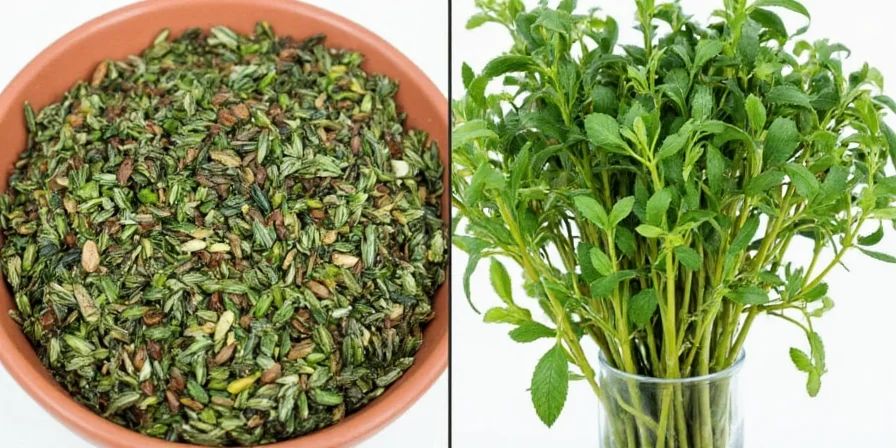
Why Conversion Ratios Vary by Herb Type
Fresh herbs contain 80-90% water, which evaporates during drying. This concentrates flavors, but not equally across all herbs. Hardy herbs like rosemary develop stronger, more resinous flavors when dried, requiring less quantity. Tender herbs like basil and mint lose volatile compounds during drying, so they need special handling to maximize flavor. Understanding these differences prevents bitter or weak-tasting dishes.
Context Boundaries: When Standard Ratios Don't Apply
Standard ratios work for most Western dishes, but these culinary contexts require adjustments based on Serious Eats' flavor testing and Ohio State University research:
- Middle Eastern & Indian Cuisines: Dried mint requires 1:1 ratio (not 2:1) in yogurt sauces and rice pilafs where mint is the dominant flavor
- Acidic Dishes (pH <4.5): Dried basil loses 25% more flavor in tomato-based sauces; increase to 1.25 tsp dried per 1 tbsp fresh
- Organic Herbs: Retain 15-20% more essential oils; reduce dried amounts by 10-15% compared to conventional
- Freeze-Dried Herbs: Maintain near-fresh potency; use 1:1 ratio (unlike air-dried) as verified by National Center for Home Food Preservation
Scientific Evidence: Flavor Compound Retention by Drying Method
Research shows drying method significantly impacts flavor retention. Data from Colorado State University Extension and Journal of Food Science (2018):
| Herb | Air Drying | Oven Drying (170°F) | Freeze Drying | Best Method for Flavor |
|---|---|---|---|---|
| Basil | 55-60% retention | 65-70% retention | 85-90% retention | Freeze drying |
| Mint | 50-55% retention | 60-65% retention | 80-85% retention | Freeze drying |
| Rosemary | 70-75% retention | 75-80% retention | 90-95% retention | Any method (hardy) |
| Thyme | 65-70% retention | 70-75% retention | 85-90% retention | Freeze drying |
Best Drying Methods for Maximum Flavor Retention
For home cooks, these simple methods work best without special equipment:
- Air Drying: Bundle herbs and hang upside down in a dark, dry place (2-3 weeks). Best for oregano, thyme, and rosemary.
- Oven Drying: Spread on baking sheet at lowest setting (170°F/75°C) for 2-4 hours with door slightly open. Best for basil and mint.
- Quick Microwave Method: Place between paper towels and microwave 30 seconds at 30% power. Only for immediate use.
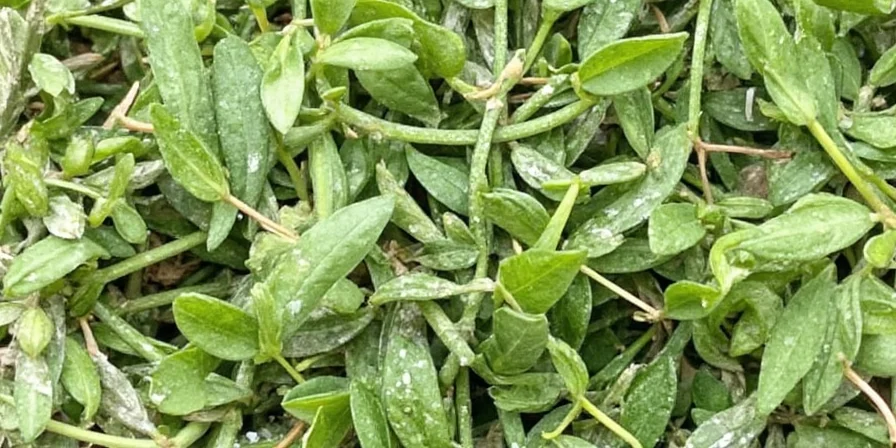

Simple Storage Tips to Extend Shelf Life
Keep dried herbs flavorful for 1-2 years with these easy methods:
- Store in airtight containers away from light (dark glass jars work best)
- Keep in a cool, dry place (not above the stove where heat builds)
- Label with harvest date – most dried herbs stay potent for 12-18 months
- Freeze for longest storage – dried herbs retain flavor for 2+ years in freezer
- Never store in refrigerator (moisture causes faster degradation)
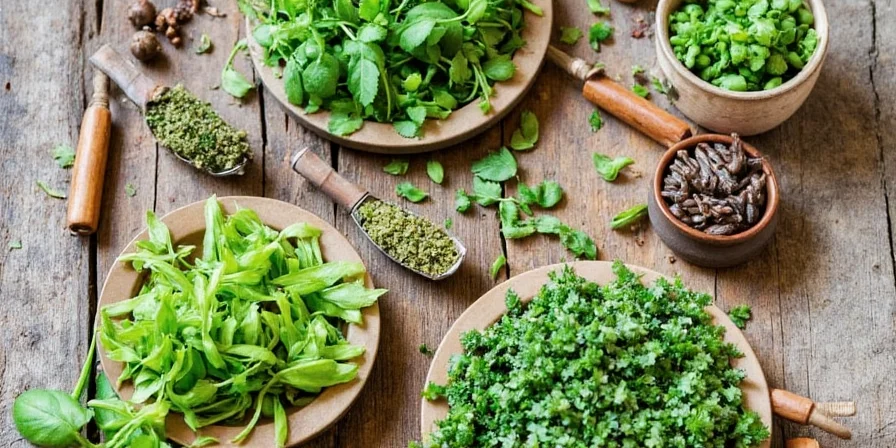
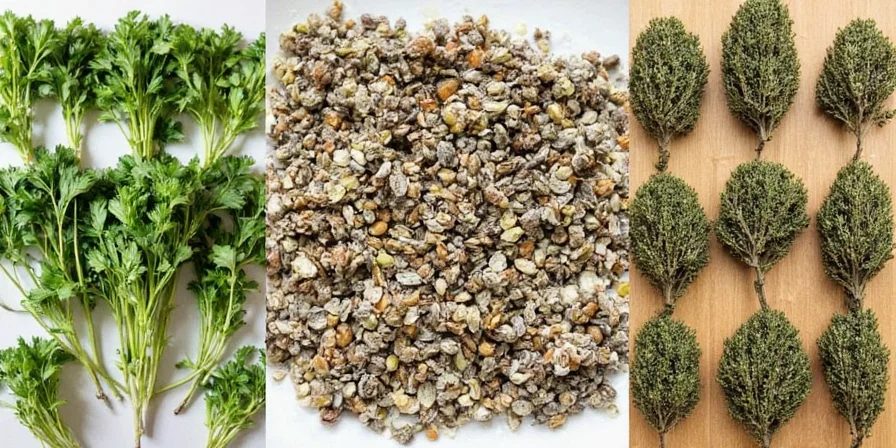
When to Add Dried Herbs in Cooking
Dried herbs need time to rehydrate and release flavors. Add them at these points for best results:
- For soups, stews, sauces: Add early in cooking to allow time for flavors to develop
- For roasts, casseroles: Mix with oil first, then add to food before cooking
- For breads, doughs: Mix directly into dry ingredients
- For finishing touches: Toast dried herbs in pan first to intensify flavor
5 Common Conversion Mistakes to Avoid
- Using equal amounts – Dried herbs are more concentrated; using equal amounts makes food too strong
- Not adjusting for rosemary – Using 1 tsp dried rosemary instead of ½ tsp creates bitter dishes
- Adding dried herbs too late – They need time to rehydrate; add early in cooking process
- Storing near heat or light – Causes rapid flavor loss; keep in dark, cool place
- Using old dried herbs – Most lose significant flavor after 18 months; replace regularly
Summary Cheat Sheet for Kitchen Use
Print this simple guide for your kitchen:
- Standard ratio: 1 tsp dried = 1 tbsp fresh (for most herbs)
- Rosemary & mint: 1/2 tsp dried = 1 tbsp fresh
- Add dried herbs early in cooking for best flavor
- Store in dark, airtight containers away from heat
- Replace dried herbs every 12-18 months for peak flavor
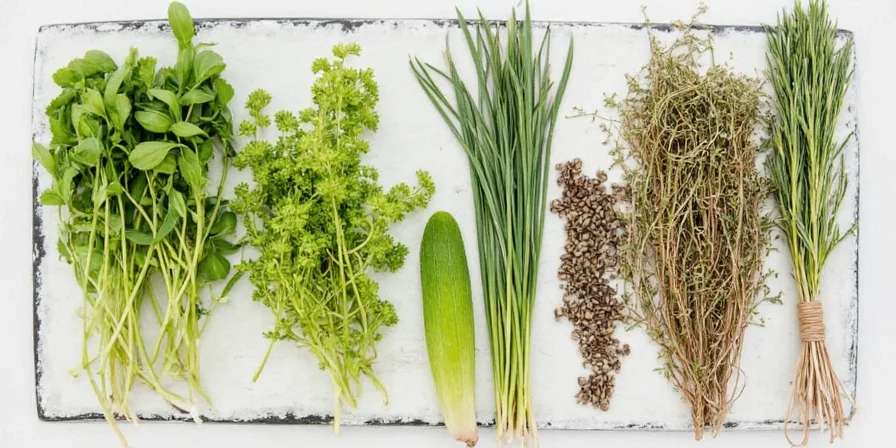
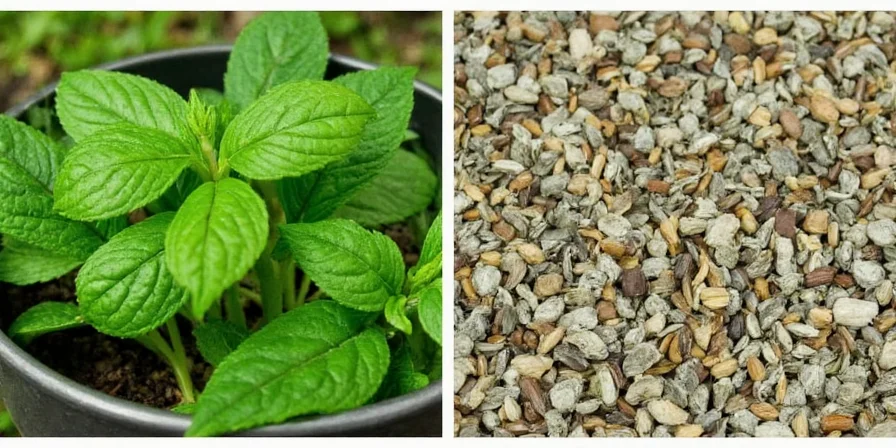
Frequently Asked Questions
What's the easiest way to remember fresh to dried herb conversions?
Remember the 3:1 rule - 3 parts fresh equals 1 part dried. For most recipes, if you need 1 tablespoon of fresh herbs, use 1 teaspoon of dried instead. Rosemary and mint are exceptions - use only 1/2 teaspoon dried for 1 tablespoon fresh.
Can I substitute dried herbs for fresh in all recipes?
Most recipes work with substitutions, but fresh herbs work better in salads, garnishes, and quick-cooking dishes. Dried herbs work better in long-cooking dishes like stews, soups, and braises. Avoid substituting in recipes where herb appearance matters, like fresh garnishes.
How can I make dried herbs taste more like fresh?
Rehydrate dried herbs by mixing with warm olive oil (not water) 15-20 minutes before use. For soups and stews, add dried herbs early in cooking. Toasting dried herbs in a dry pan for 30 seconds intensifies flavor and makes them taste fresher.
How long do dried herbs stay good?
Properly stored dried herbs stay flavorful for 12-18 months. After that, they don't spoil but lose potency. Signs they're past prime: weak aroma, faded color, and flavorless in cooking. Store in airtight containers away from light and heat for longest shelf life.

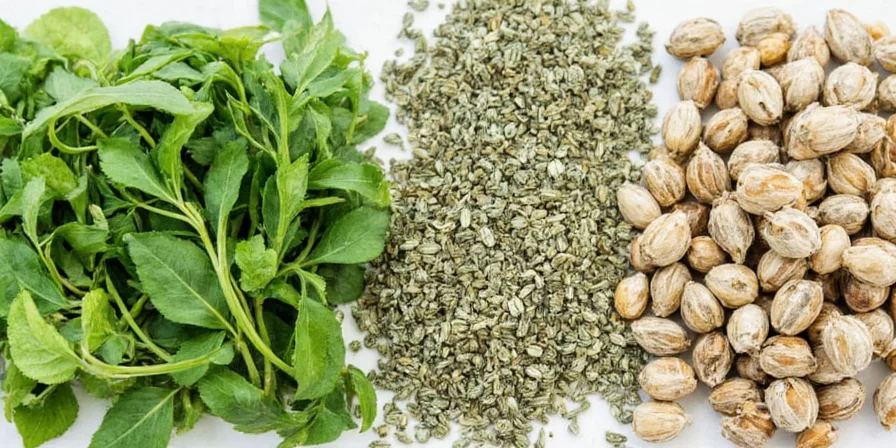









 浙公网安备
33010002000092号
浙公网安备
33010002000092号 浙B2-20120091-4
浙B2-20120091-4